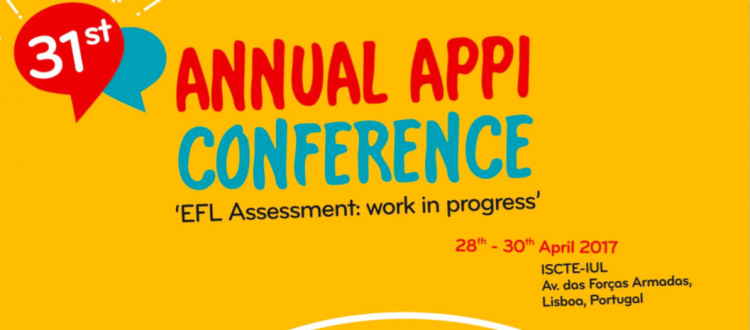29
Apr
2017
Tips for Key, Preliminary, First, Advanced & Proficiency Listening Part 1 – Multiple choice tasks
Today I’m going to share tips for Multiple choice tasks in this, my first post on Tips for Listening.
I have just given a session at APPI in Lisbon where I looked at listening tasks and texts. I’ll share some of the tips and suggestions I shared with the teachers at the session.
Tips for Multiple Choice Listening Tasks
-
Use pictures, words or very short phrases to test comprehension using multiple choice, especially at lower levels. With pictures, you are not supplying the words – the listener has to predict them.With words, avoid using the same words that are heard in the text – unless you want to test if the listener can avoid ‘wordspotting’!
-
Training students to predict which words they might hear can help them when they listen because it ‘activates’ their prior knowledge.
-
Ask students to ‘show’ they understand by getting them to stand up when they hear a word or an answer they have chosen. Or, they can point to the letter or hold up the letter for the answer they chose (A, B, C, etc.) It also reinforces the point that with multiple choice listening tasks, usually all the options will be referred to.
-
Ask students to guess which option will be the right answer before they listen. They then listen to check. Giving them only one option to concentrate on can take the strain off a little.
-
When doing a listening task which is difficult (e.g. when moving up from Cambridge English: Preliminary to Cambridge English: First) remove one or two of the wrong options (or tell students to cross them out on their question paper). This will make the task easier and help them to gain confidence.
-
Putting on the examiner’s hat! Give students the question and ask them to suggest what might appear in the 3 pictures or options. g. What will Harry make for lunch? or What was the weather like yesterday?

